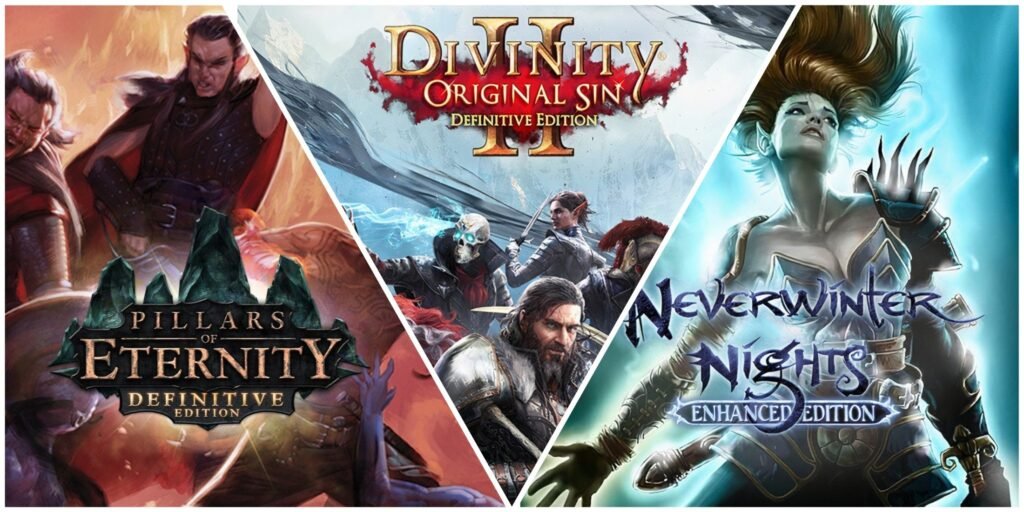
Dungeons & Dragons is the premier example of a tabletop RPG, with an estimated player count of over 50 million people worldwide. This popularity has led to countless TTRPGs borrowing elements from D&D, with iteration and collaboration being a key concept in the genre as a whole. This has, over time, transitioned into video games, many companies dedicating years to trying to replicate, or take inspiration from, the ruler of fantasy gaming.
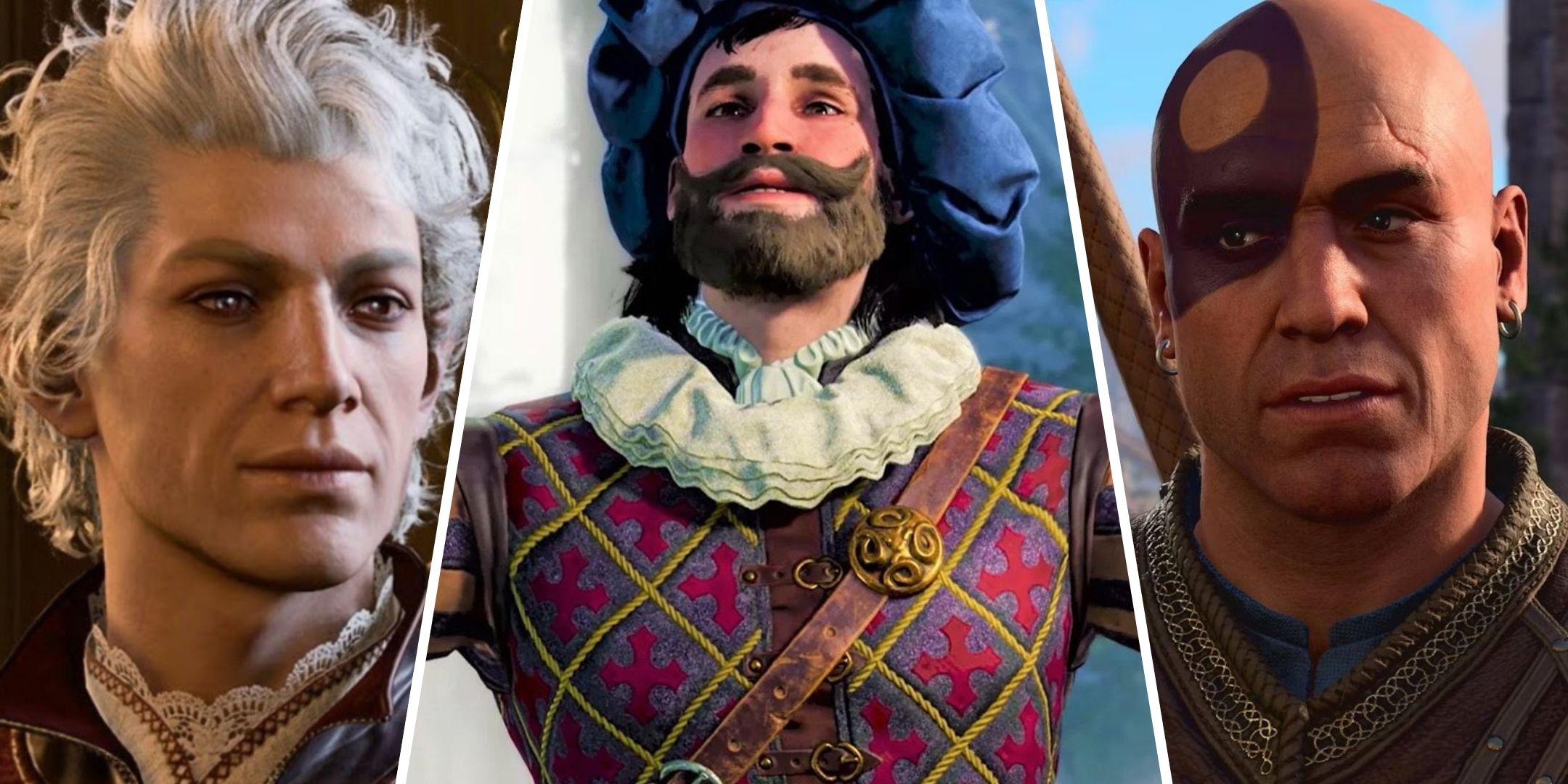
Related
Dungeons & Dragons: 8 Characters That Could Appear in the TV Show, Ranked
From Strahd to Minsc, check out these D&D characters who could light up Netflix’s TV adaptation.
This list looks at some examples of games that have taken inspiration from D&D, whether being set directly in the world created by Wizards of the Coast, or simply borrowing certain aspects, while also containing open-world sections for players to explore. While some of these games are more directly related to D&D, they all wear their inspiration on their sleeves. This article ranks these games based on how well they adapt the systems of D&D into the digital form, while maintaining a vibrant, open world.
Games with open-world elements have been taken into consideration.
5
Star Wars: Knights Of The Old Republic
D20 Combat With A Star Wars Twist
Star Wars: Knights of the Old Republic is the furthest from traditional D&D as this list gets, taking place in space, with laser pistols and lightsabers. KotOR is also not a traditional open-world title, being a hub-based RPG that allows players to explore open maps in whatever order they so choose. Each level feels expansive, full of things for the player to uncover, quests for them to complete, and characters for them to meet and interact with.
What the game takes most from D&D is the D20 combat system, forgoing the turn-based systems of TTRPGs in order to use the roll-for-success concept in real time. This game is a unique beast, providing plenty of content for Star Wars fans, as well as those who are fans of TTRPG systems being used in new, exciting ways.
4
Neverwinter Nights
Oldschool D&D
As the oldest entry on this list, Neverwinter Nights is one of the earliest examples of an open-world RPG that takes inspiration from D&D. Developed by the now well-renowned Bioware, with other entries in the series developed by Obsidian Entertainment. This game was huge for the time, set in the D&D world of the Forgotten Realms, Neverwinter Nights tasks the player with exploring the world in order to eventually stop a cult, a plague, and an attack on the city of Neverwinter itself. Not only this, but players are given several tools with which to create their own content and explore their own adventures.
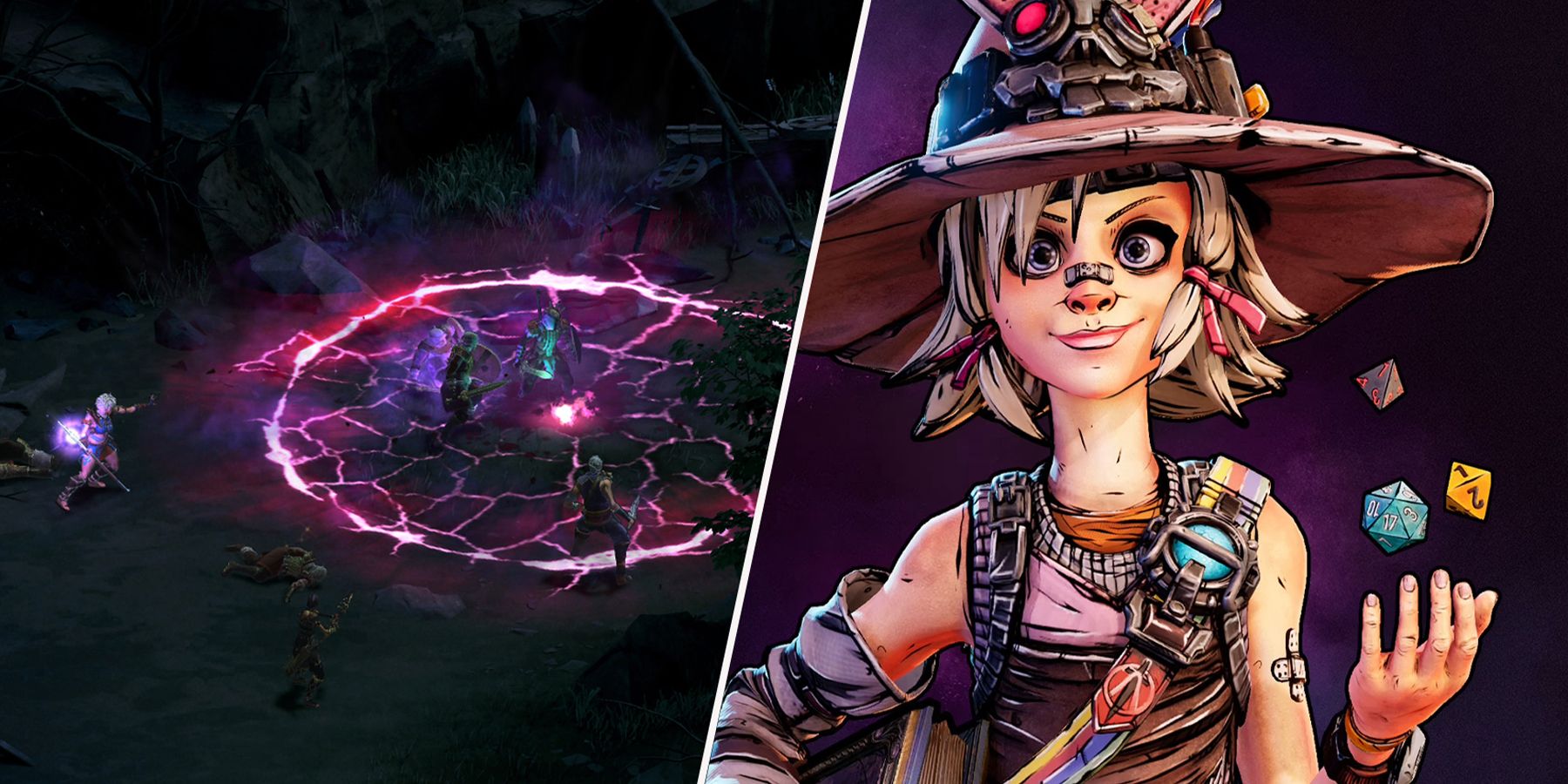
Related
7 Great Games For Fans Of Baldur’s Gate And D&D
Baldur’s Gate offers gamers a D&D experience on their PC. These games build off of that spirit and offer similar types of adventures.
The inspiration taken from D&D is clear here, with the setting take directly from the world of the tabletop game and transformed into the vast, explorable area seen in the game. With several DLCs and an Enhanced Edition released in 2018, Neverwinter Nights has remained a fan favorite since its release, and a perfect example of a game that, while dated by todays standards, captures the air of adventure a player expects from D&D.
3
Pathfinder: Kingmaker
Party-Based CRPG
Pathfinder: Kingmaker is, unsurprisingly, based on the Pathfinder TTRPG system, which is in turn heavily inspired by D&D. Kingmaker is one of many titles based on the system, in which the player takes control of a local lord, making decisions which impact the surrounding land, choosing where to expand, and where to explore. The map is freely explorable. However, level-locked enemies help keep the player in line with the content intended to be seen at any given point in a playthrough.
Unlike the other games discussed in this article, kingdom management is a big part of this game, offering players something to focus on when not out exploring the world, with local politics and realm-building affecting almost all aspects of the game. As is the case with many CRPGs, character creation is a key element, offering players important choices early on that set out how their character is before the events and decisions shape them by the end of the narrative.
2
Pillars Of Eternity
Spiritual Successor To Baldur’s Gate
Jumping forward from 2006 to 2015, Pillars of Eternity, developed by Obsidian Entertainment, was released as a spiritual successor to Baldur’s Gate and Icewind Dale, both of which are set in the Forgotten Realm, making Pillars of Eternity the first entry on this list not directly a part of the D&D world, yet still heavily inspired by it. Set in the unique world of Eora, Pillars of Eternity harbors an isometric real-time-with-pause, party-based gameplay system, akin to that seen in both Baldur’s Gate and Icewind Dale.
Due in part to its existence outside the Forgotten Realms, Pillars of Eternity sticks out in the minds of many as a truly unique experience, forging a narrative akin to, yet unlike any other in its ilk. Pillars of Eternity features a fully explorable map. However, some narrative progression is required to broaden the available areas, making certain sections feel linear, while others feel much more open. This, however, works in favor of telling a compelling story that allows the player character to develop themselves into a fully realized individual.
1
Divinity: Original Sin 2
Turn-Based Tactics
From the makers of Baldur’s Gate 3, Divinity: Original Sin 2 is a criminally underappreciated gem that is largely overshadowed by its successor. Divinity: Original Sin 2 takes place several centuries after the events of the previous game, and continues exploring the world of Rivellon, set up across the previous four titles in the Divinity franchise. While, once again, not directly set in the Forgotten Realms, the gameplay of Divinity: Original Sin 2 is clearly reminiscent of D&D in its turn-based systems, which require a set number of action-points per action, meaning the player is limited in what they can do each turn-cycle.
2:19
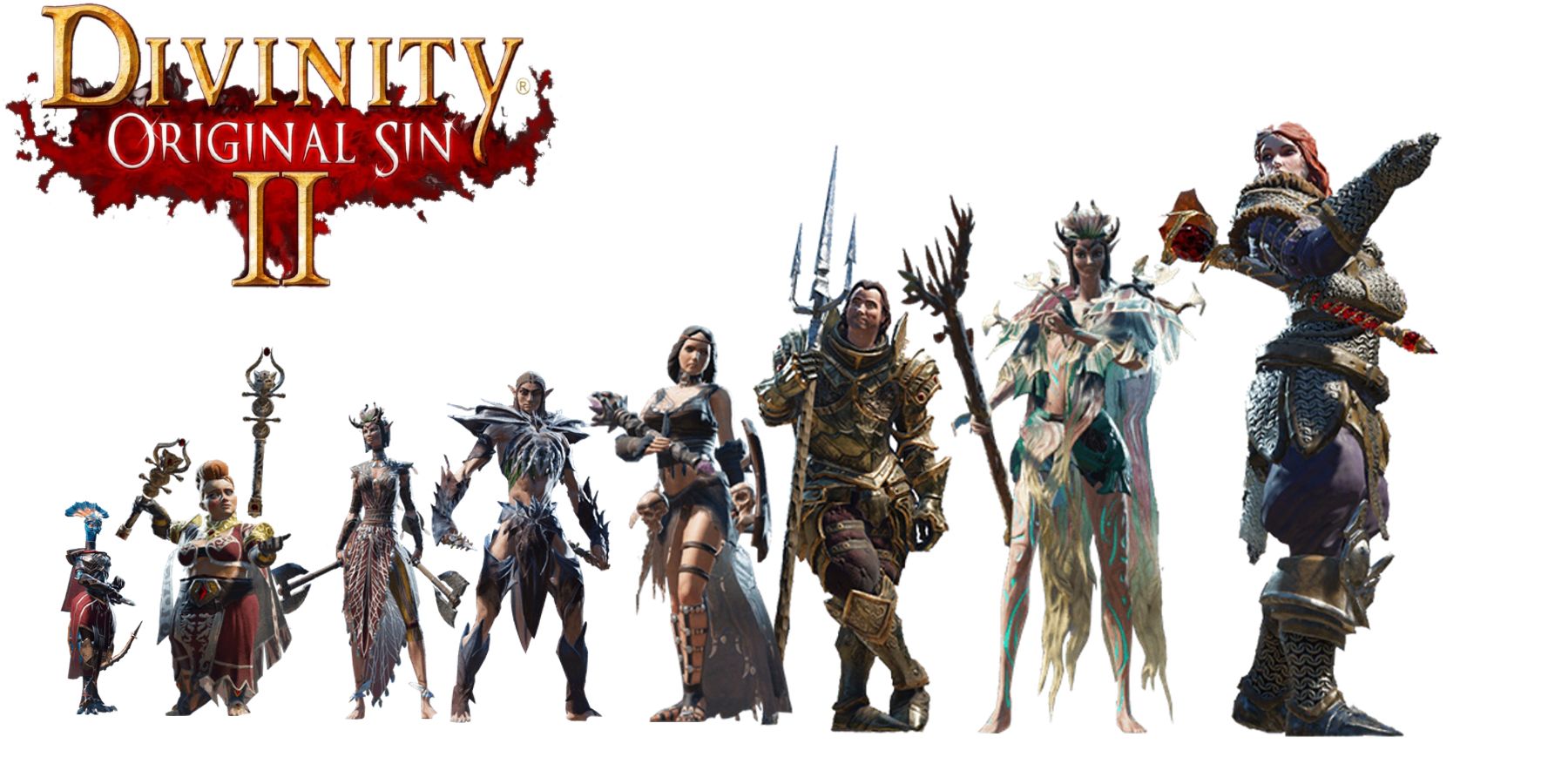
Related
Divinity: Original Sin 2 – Every Class, Ranked From Worst To Best
Each class has unique pros and cons in Divinity: Original Sin 2, but some stand out as better than the rest and are much more worth a player’s time.
This is supported by a huge world to explore, with countless NPCs to interact with, utilizing social roleplaying elements seen in both TTRPG’s and digital RPGs alike. Ultimately, Divinity: Original Sin 2 is a fascinating experience, blending video game and TTRPG in an entertaining manner, while providing a unique world to explore. Any fan of Baldur’s Gate 3 must play this game as, while different, it is a delight to see the previous work of such talented developers.
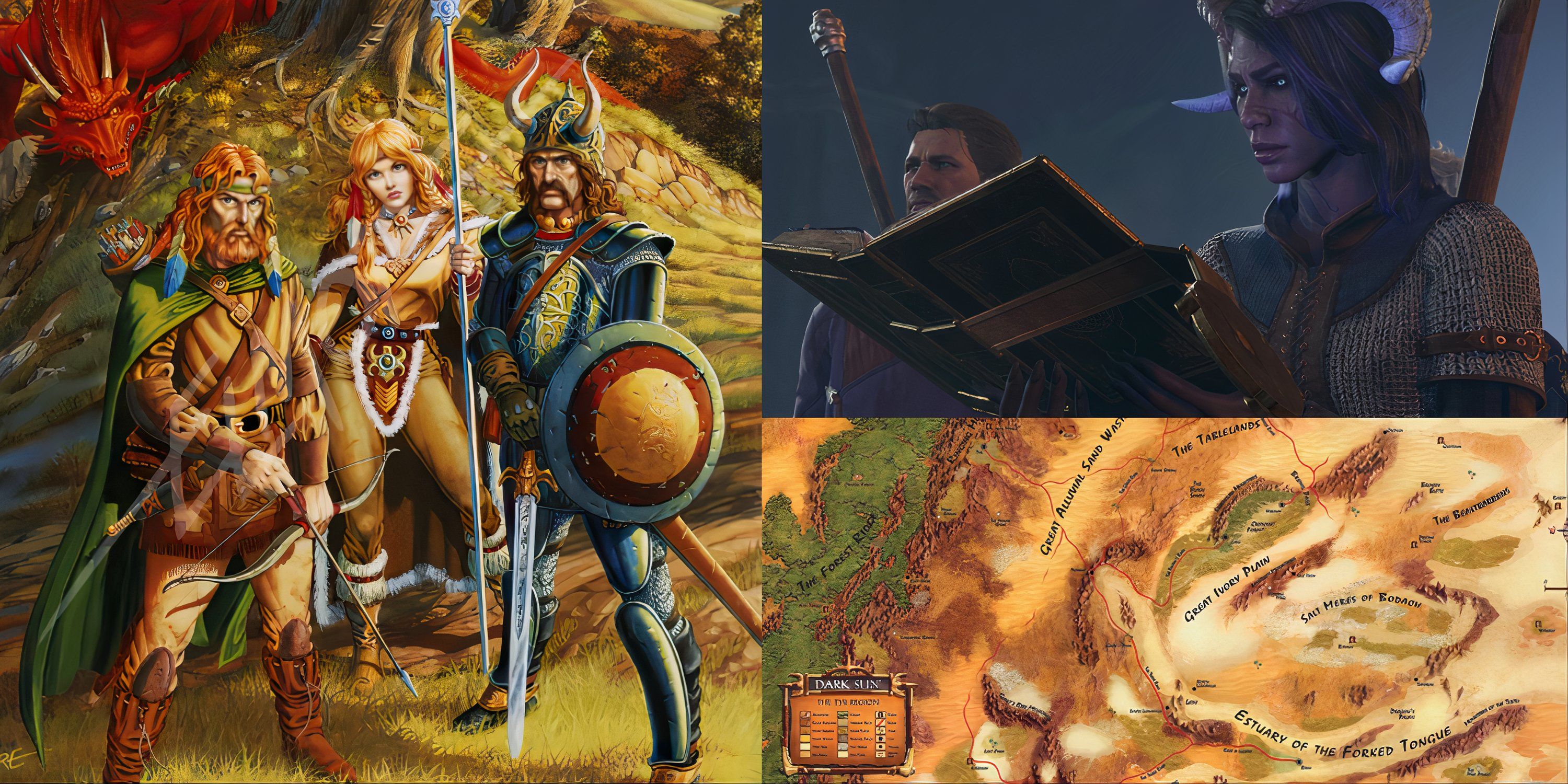
More
Best Dungeons & Dragons Novels To Read If You Love Baldur’s Gate 3
For lovers of BG3 looking to dive into a literary adventure, here are some great books to check out.
